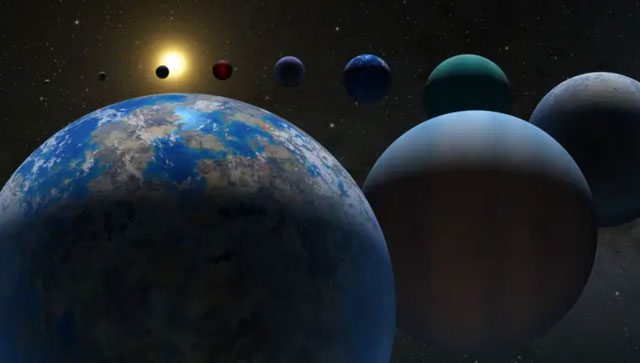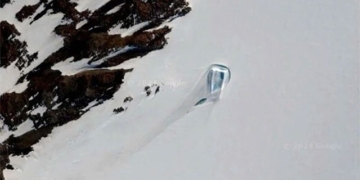Scientists from the National Aeronautics and Space Administration (NASA) believe that some planets in the universe are shrinking due to their cores emitting powerful radiation that causes their atmospheres to be stripped away.

Simulation of different planets in the solar system. (Image: NASA/JPL-CALTECH).
Among the over 5,000 exoplanets discovered by NASA so far, many are classified as super-Earths (up to 1.5 times the size of Earth), and many belong to the class of hot Jupiters, which have diameters ranging from 2 to 4 times that of Earth.
However, scientists have noticed that there seems to be no planets that fall between these two groups, meaning no planets are sized between 1.5 and 2 times the size of Earth.
“Scientists studying exoplanets have enough data to confirm the existence of a gap between these two categories. Something is happening that prevents many planets from reaching or maintaining a size that is 1.5 to 2 times that of Earth,” said Jessie Christiansen, the lead scientist of NASA’s Exoplanet Archive, as reported on nasa.gov.
Scientists have hypothesized that some hot Jupiters may have shrunk down to the size of super-Earths.
In the latest research, the team led by Christiansen discovered that hot Jupiters have indeed been shrinking as their atmospheres are blown away by radiation emitted from their cores.
This report published in the journal The Astronomical Journal may unravel the mystery behind the disappearance of the planet group that should have existed.


















































